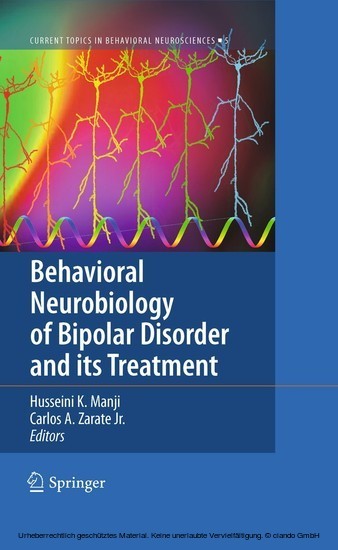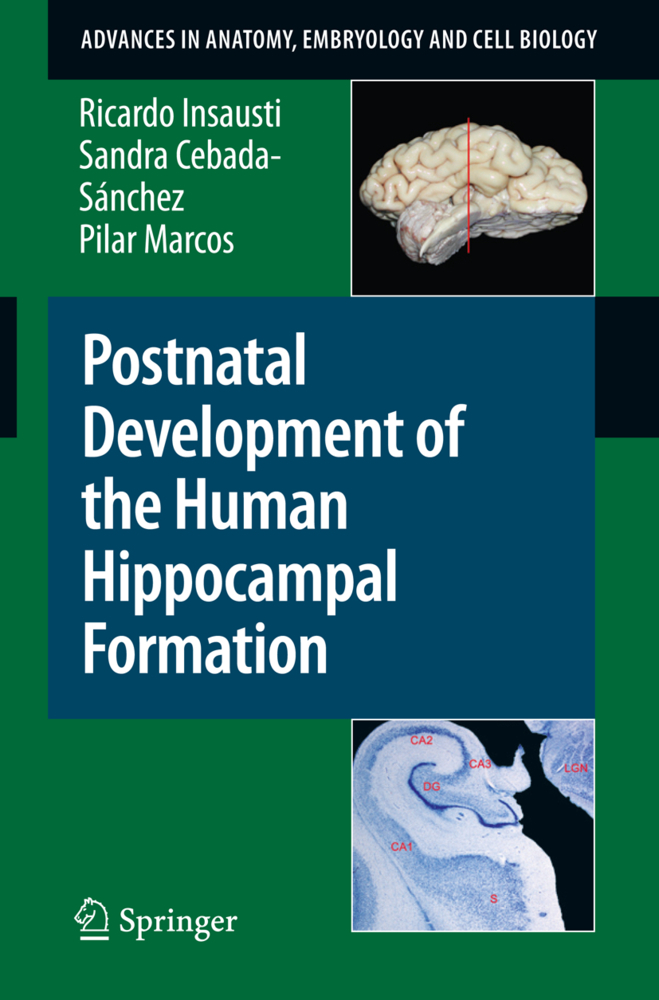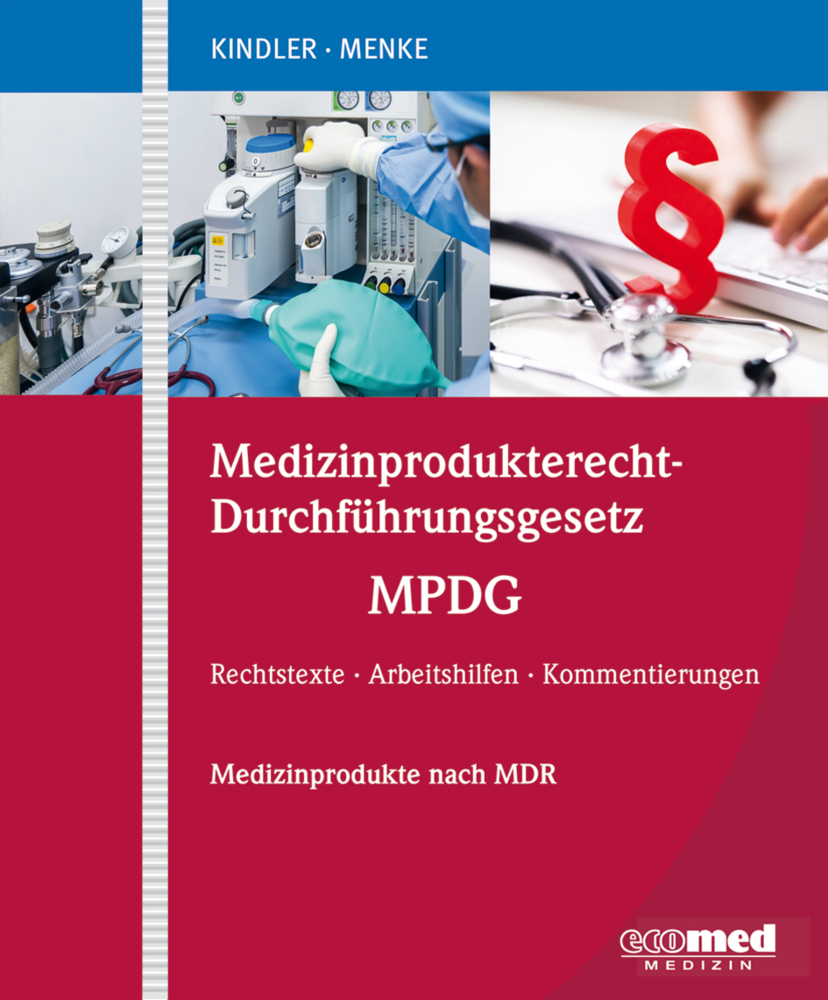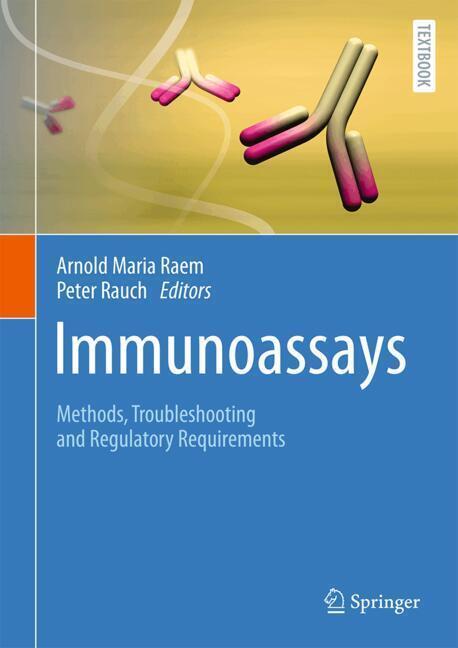Behavioral Neurobiology of Bipolar Disorder and its Treatment
This book offers the most up-to-date information about research surrounding the neurobiology of bipolar disorder as well as currently available and novel therapeutic options. The volume has assembled a widely respected group of preclinical and clinical researchers who bring their expertise to bear upon this illness by reviewing cutting-edge research and clinical evidence regarding the pathophysiology and treatment of bipolar disorder. Early chapters review the course and outcome and genetics of this highly heritable condition, including chapters on epigenetics and clinical endophenotypes. Several chapters offer a remarkably thorough and unique overview of the neurobiology of the disorder, including what is known from neuroimaging work and the development of animal models. Finally, the book covers treatment strategies for bipolar disorder, including both traditional and novel therapeutics, as well as non-pharmacological treatments. It offers both researchers and clinicians key insights into this devastating disorder.
1;Preface;61.1;Acknowledgments;101.2;References;102;Acknowledgments;103;Contents;124;Contributors;145;Course and Outcome of Bipolar Disorder;185.1;1 Historical Legacies;195.2;2 The Course of BPD Prior to the Introduction of Modern Psychotropic Agents;195.3;3 Methodological Issues;205.4;4 Childhood and Adolescent Antecedents of BPD;215.5;5 The Onset of BPD: Age;225.5.1;5.1 Specific Age-Related Presentations;225.5.1.1;5.1.1 Postpartum BPD;225.5.1.2;5.1.2 Late-Onset BPD;225.6;6 The Onset of BPD: Polarity;235.7;7 Subtypes and Patterns of BPD Based on Course of Illness;245.7.1;7.1 Bipolar I and II Disorders;245.7.2;7.2 Rapid-Cycling Illness;245.7.3;7.3 Nature of the Cycle;245.7.4;7.4 Predominant Polarity;255.8;8 Duration and Outcome of Individual Episodes;265.9;9 Recurrence Rates and Clinical Outcomes;275.9.1;9.1 Retrospective or Cross-Sectional Studies;275.9.2;9.2 Prospective Studies;285.10;10 Predictors/Correlates of Recurrence;285.11;11 Other Outcomes;305.11.1;11.1 Disability;305.11.2;11.2 Death Rates;305.12;12 Conclusion;315.13;References;316;Genetics of Bipolar Disorder;366.1;1 Introduction;366.2;2 Genetic Epidemiology of BPD;376.2.1;2.1 Twin Studies;376.2.2;2.2 Family Studies;386.3;3 Molecular Genetics;386.3.1;3.1 Genetic Linkage and Candidate Gene Studies;386.3.2;3.2 Genome-Wide Association Studies;396.4;4 New Strategies in BPD Genetics Research;406.4.1;4.1 Redefining the Phenotype;406.4.2;4.2 Novel Molecular Tools;436.4.3;4.3 Novel Analytical Tools;446.5;5 Summary;446.6;References;447;Understanding Bipolar Disorder: The Epigenetic Perspective;487.1;1 Introduction;497.2;2 Concepts in Epigenetics;497.3;3 Bipolar Disorder: The Epigenetic Perspective;517.4;4 Discordance of Monozygotic Twins;527.5;5 Sexual Dimorphism;537.6;6 Parent-of-Origin Effects;547.7;7 Other Epigenetic Effects That May Be of Relevance to BPD;557.8;8 Experimental Approaches to Epigenetic and Epigenomic Studies of BPD;577.9;9 Pilot DNA Methylome Study in BPD;577.10;10 Methodological and Experimental Complexities in Studying Epigenetic Factors in Psychiatric Disease;587.11;11 Summary;597.12;References;608;Clinical Endophenotypes for Bipolar Disorder;678.1;1 Clinical Endophenotypes for Bipolar Disorder;688.2;2 Defining Endophenotypes;698.3;3 Evidence for Neurocognitive Endophenotypes for Bipolar Disorder;698.4;4 Evidence for Temperamental Endophenotypes for Bipolar Disorder;748.5;5 Conclusions;788.6;References;789;Strategies for the Development of Animal Models for Bipolar Disorder: New Opportunities and New Challenges;849.1;1 Introduction;859.2;2 Animal Models - Basics;859.3;3 A Short Summary of What We Have and Use Today;889.4;4 Development of Appropriate Tests;909.4.1;4.1 Developing Tests for Behavioral Domains of BPD;919.4.2;4.2 Models and Tests for Endophenotypes of Disease;929.5;5 Identifying the Best Species and the Best Strains;949.5.1;5.1 Model Animals Based on Strain Differences;949.5.2;5.2 Nontraditional Models;959.6;6 Conclusion;979.7;References;9710;Partial Rodent Genetic Models for Bipolar Disorder;10310.1;1 Introduction;10410.2;2 Partial Models for Anhedonia and Depression (Table 1);10610.3;3 Partial Models for Mania and Excessive Behavioral Excitement (Table 2);10910.4;4 Partial Models for Affective Vulnerability or Resilience (Table 3);11310.5;5 Cyclicity;11510.6;6 Closing Remarks;11610.7;References;11611;The Role of the Aminergic Systems in the Pathophysiology of Bipolar Disorder;12111.1;1 Introduction;12211.1.1;1.1 Neurobiological Methods;12311.2;2 Serotonin;12411.2.1;2.1 Cerebrospinal Fluid Studies;12411.2.2;2.2 Postmortem Studies;12511.2.3;2.3 5-HT Receptors and Transporters: PET Imaging Studies;12511.2.4;2.4 Conclusion;12611.3;3 Norepinephrine;12711.3.1;3.1 Metabolite Studies;12711.3.2;3.2 Tyrosine Hydroxylase in Locus Coeruleus NE Neurons;12811.3.3;3.3 Genetics;12811.3.4;3.4 Medication for BPD: Mood Stabilizers;12811.3.5;3.5 Medication for BP
Manji, Husseini K.
Zarate Jr., Carlos A.
| ISBN | 9783642157578 |
|---|---|
| Artikelnummer | 9783642157578 |
| Medientyp | E-Book - PDF |
| Auflage | 2. Aufl. |
| Copyrightjahr | 2010 |
| Verlag | Springer-Verlag |
| Umfang | 347 Seiten |
| Sprache | Englisch |
| Kopierschutz | Digitales Wasserzeichen |










